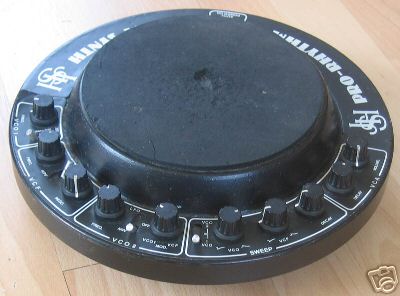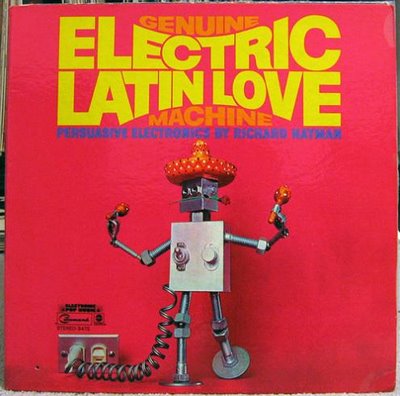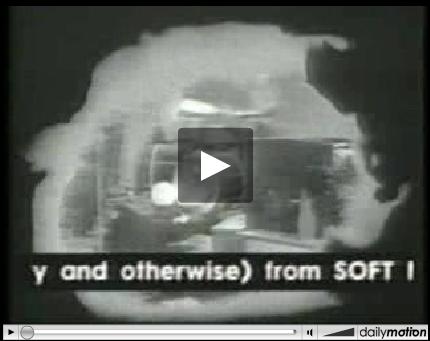 There is finally hope for the dreaded failed voice of the Roland Juno 106. Someone has cloned the chip.
There is finally hope for the dreaded failed voice of the Roland Juno 106. Someone has cloned the chip. Click here for the official page on the chips with more info and how to get them. They are also up for auction here.
Anyone else thinking what I'm thinking? These might be great for a DIY project or a new synth.
Details:
"The most common problem with juno-106's is one or more of the voices going dead or that keep hanging. The problem is the poorly manufactured A1QH800170 or A1QH80017A custom vcf and vca ic. Since these ic's are no longer manufactured and roland has no spares for them anymore, we are forced to scrap other 106's for spares. Which is not a good idea because every single one of these ic's will die. Therefore I did some research on those ic's.
First I designed a vca clone, that only took over the vca of the 80017A, but still used the vcf part (if that was still alive). This design was completed at the end of 2003. Numerous of these ones have been sold and installed to great succes in juno's worldwide.
After that I continued my research on this ic with the goal of designing a full clone of it. This was a particulary hard job because only little is known about the intestines of this ic: only the rough outlines which are displayed in the juno-106 service manuals and the little info that is available on the IR3109 and how it is used. It took no less then 6 restarts from scratch until I had a prototype of which I thought that it was on the right track. The bigest problem was the creation of an exponential current source that has the same error and temperature tracking as the one inside the IR3109 (of which no one knows how it was built). When this problem was solved (about nov 2004) I could start doing signal analysis on both an opened 80017A and my design to adjust gain levels so that the non-linearities (tanh) of each stage were the same(summer of 2005). After that I designed a smd prototype for further testing which surfaced more problems: strange behaviour with resonance at very high and low frequencies, which were all solved by the end of 2005. At this moment I was unable to measure nor hear any difference between the original and the clone. After that I built some more prototypes and installed these in 4 different juno's owned by different people. These have been in test for several months now and none of these people were able to tell which voice had the clone.
After that only minor changes (pcb-design)were done until the final design which is now (may 2006) for sale:
summary:
-Designed and built to the highest standard.
-No measurable nor audible difference with the original. I'm very serious about this and I'm well aware that my clone is the only one which sounds right.
-All integrated components are in mass-production by more than one manufacturer and have been available for over a decade. Thus have a proven reliability and are easy optainable(in the very unlikely event of failure).
-Used discretes are close tollerance and high quality (capacitors are the infamous panasonic stacked pps film ones)
-very high quality pcb.
-Installation is straightforward: remove the defective 80017A , replace it with my clone and re-adjust your juno as described in the service manual. (please do not ask me how to do this. I simply do not have the time to give electronics lessons. If you don't have the knowledge: consult your local synth-geek)"













































